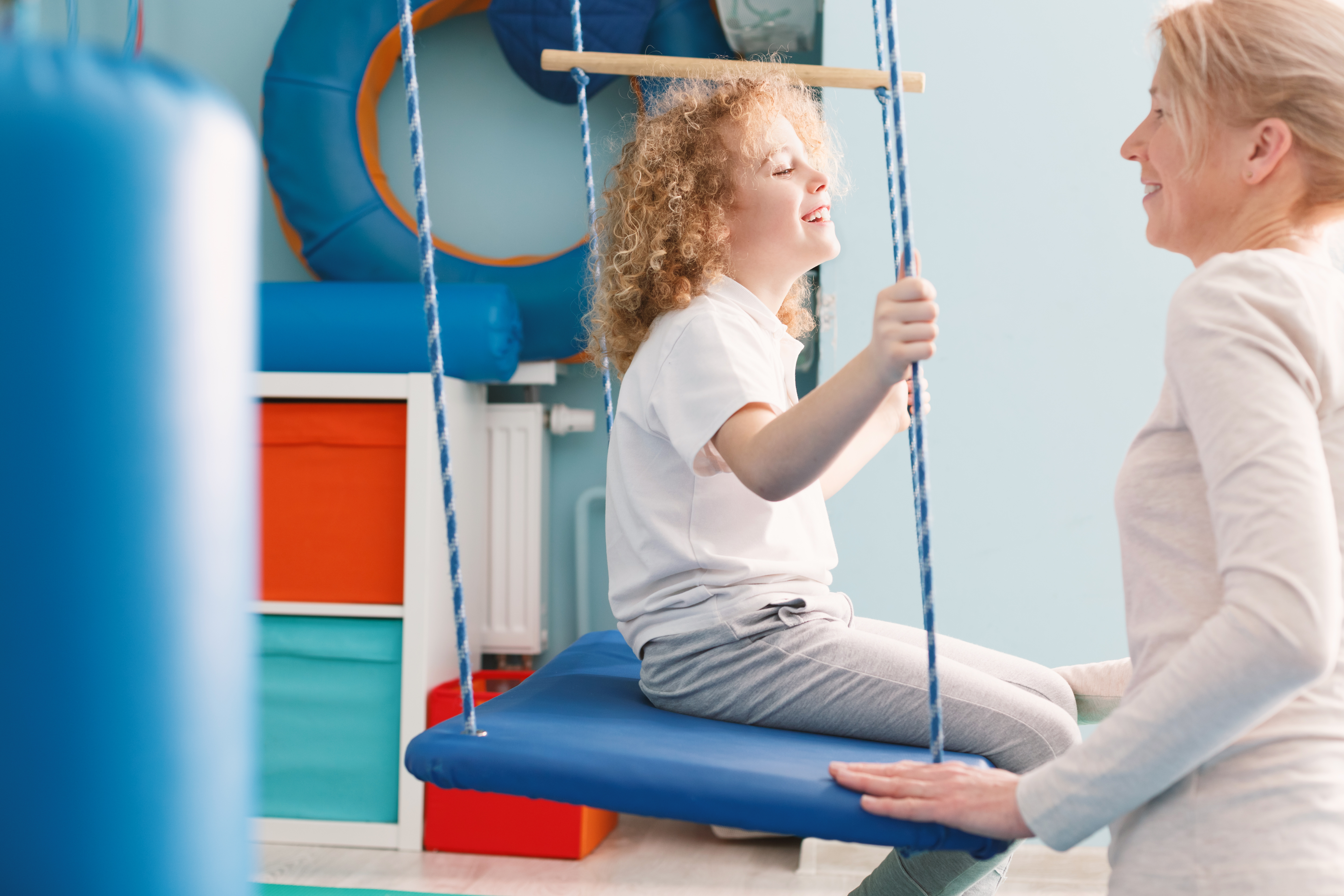Recent Study Suggests Early Posture Training May Yield Long-Term Benefits
Cerebral palsy is a neurological condition, resulting from a one-time brain injury, that is characterized by motor impairments. Although it is not progressive (in other words, it does not get worse over time), it results in poor muscle coordination and significant limitations on freedom of movement throughout the lifespan. One characteristic symptom of cerebral palsy is poor posture control.
What is Posture Control?
Posture is the position assumed by body either at rest or during movement. It is dynamic – the body must continuously adapt by shifting weight and position to perform various activities. Even sitting upright requires complex interactions of the muscular and neurological systems. Posture control is a developmental task that is normally mastered in early childhood.
Posture is typically abnormal in cerebral palsy victims. A child may bend his hips too far forward while in a sitting position, for example, resulting in the body falling forward due to loss of equilibrium. When the body is in motion, the child may have trouble organizing and controlling voluntary movements, resulting in poor muscle coordination. Secondary conditions such as pressure sores often develop.
Recent Research Sheds Light on a Poorly Understood Problem
Unfortunately, research is sparse on the topic of postural control problems in cerebral palsy patients. A recent study conducted in the Netherlands, however, entitled “Development of postural control in infancy in cerebral palsy and cystic periventricular leukomalacia” examined the cases of 38 children thought to be at risk for cerebral palsy due to observed brain lesions or neurological indicators.
The 38 infants involved in the study eventually experienced three different outcomes – 18 infants were diagnosed with cerebral palsy by the end of the study, eight more were diagnosed with cystic periventricular leukomalacia (Cerebral PalsyVL), a brain lesion that is a strong risk factor for cerebral palsy, and the remaining 12 children experienced only mild neurological dysfunctions.
Developmental Outcomes
The study tracked the development of posture control in all three groups. The children’s’ development was tracked from a few months old (depending on the child) until 21 months old, with a focus on tracking the muscles needed to maintain a sitting position. The study found that the development of posture control in the children who were eventually diagnosed with cerebral palsy was similar to the development of the children who were not diagnosed with cerebral palsy. This finding was unexpected.
The significance of this finding is that the distinguishing feature in the postural dysfunction of cerebral palsy patients is delayed rather than differential development – cerebral palsy patients simply develop posture control at a slower rate than other children. This finding is encouraging, because it suggests that early intervention aimed at developmental assistance is likely to result in favorable outcomes.
Helpful Activities
The Netherlands study indicated that some exercises that can be incorporated into the child’s daily activities in a playful manner, may help children build stronger muscle control helping with everyday posture.Here are two:
- Head balancing exercises can help at-risk infants develop head control and learn how to roll onto their back.
- Training for balance in a seated position can help strengthen trunk muscles and train an at-risk child to maintain balance in a seated position.
The Netherlands study found adaptive seating (the use of specially-shaped chairs to improve posture) to be another useful method of improving motor function in children with. The study also indicated that adaptive seating might be able to help prevent the development of secondary conditions, such as spinal and hip deformities, that often develop later in childhood.
The Road Ahead
More research is needed to fully understand postural problems in children at risk for cerebral palsy, and to identify effective treatments that can begin in infancy and prevent at least some of the impairments that occur all too often. In the meantime, caregivers should take full advantage of the remedies that are available right now.
Please keep in mind that since every case is different, you should consult with a doctor before pursuing any of the foregoing remedies.

